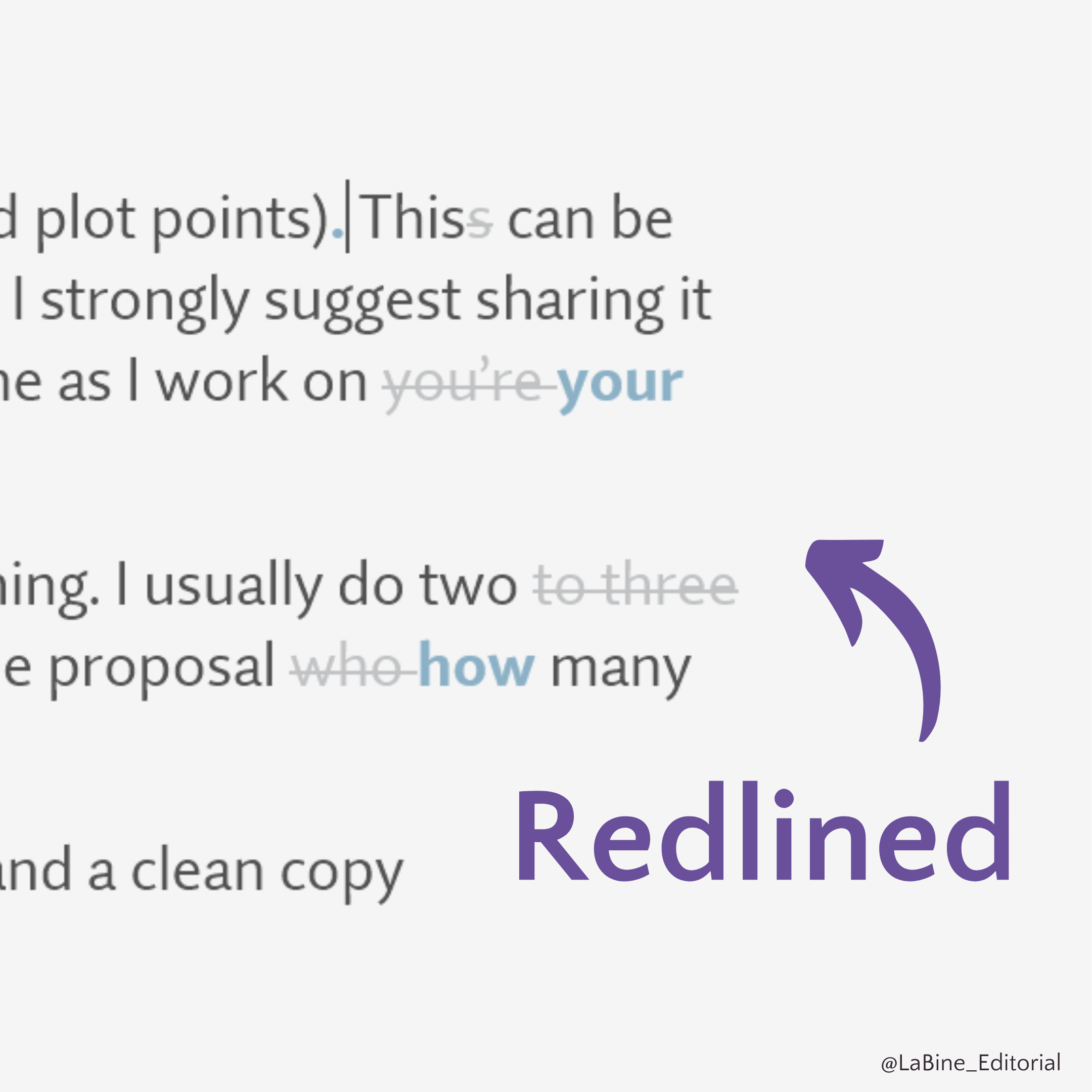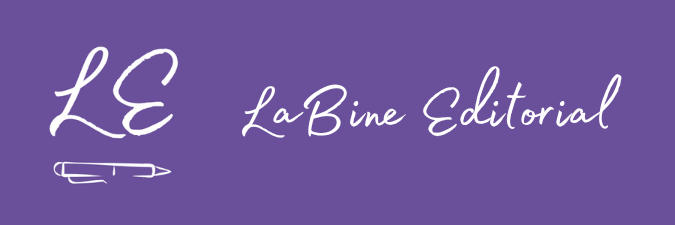Are you beginning the editing process for the first time and feeling overwhelmed by all the jargon?
I don’t believe that it’s necessary for you, the writer, to know every editing term out there, especially when many of the terms mean different things to different editors anyway. I keep things simple when talking with writers who are new to the editing process, but there are a few terms I use regularly in my communication with clients. I’m going to explain those terms today.
There are various kinds of editing. I like to sort the different types into the following two categories:
- First stages of editing. This is when you’re still working on revising the content and structure of your story. It doesn’t matter which draft of your manuscript it is—the second, fourth, or tenth—if you’re still working on developing and refining your plot or characters, you’re in the first stages of editing.
- Last stages of editing. While the first stages of editing involve the big picture aspects of your writing, the last stages deal with the details of your manuscript. And that’s where I come in.
Not everyone will like my categorization, but there is one piece of advice with which every editor seems to agree: it’s important to make sure your manuscript is structurally sound before moving on to the later stages of editing.
If you want to know whether I’d be a good fit for your particular project, request a sample edit.
- Sample edit. I edit a small portion of your manuscript for free.
- Proposal.
- In the proposal, I let you know what I learned from completing the sample edit—whether your manuscript is ready for the last stages of editing and how I can help you.
- I suggest a timeline for the project and tell you when I have openings in my schedule.
- I tell you what I loved about your story! (I don’t take on projects I’m not interested in.)
- Quote. My price for completing the work on your manuscript will be in the proposal as well. My quote will be the most accurate if I’m able to see your full manuscript beforehand.
Style guide or manual. When editing, I use a style guide to maintain consistency in your manuscript. The Chicago Manual of Style, which is used by most book publishers, is the manual with which I am most familiar.

Query. When I want to ask a question or make a comment about a word, sentence, or section of your manuscript, I write a query to you. You’ll see these queries as comment “bubbles” in MS Word (usually in the right-hand margin).
Style sheet. A style sheet is a small-scale style guide that’s unique to your book or book series. Some authors create their own style sheets to keep track of different aspects of their story as they write it (e.g., character descriptions and plot points). This can be extremely helpful, and if you do make your own style sheet, I strongly suggest sharing it with your editor(s). If you don’t have one already, I create one as I work on your manuscript and give it to you when I’ve finished.
Pass. This is my journey through your full manuscript—me, doing my editing thing. I usually complete two full passes, but each manuscript is different. I let you know in the proposal how many passes I plan on doing.
When I return your manuscript, I send you a redlined copy and a clean copy.

- Redlined copy. All my changes, suggestions, and queries are shown here. You can see every single comma added and word deleted, which means this copy can sometimes look a bit messy. Don’t let that discourage you; the “mess” is normal, and you still have full control over which changes you accept.
- Clean copy. This is how your manuscript would read if you accepted all my changes. Because my suggestions/queries need your replies, they’re still visible in the margins in a clean copy, but I’ll incorporate these during my second or third pass, after getting your input.
